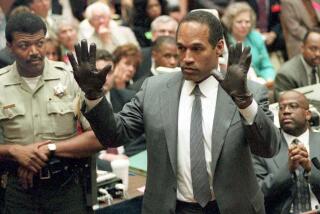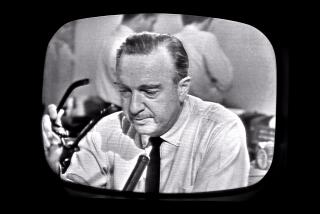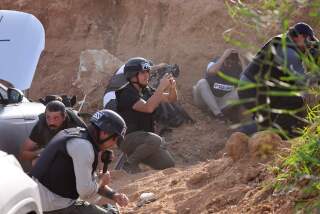Stay Tuned for Confusion
The news media played a crucial role in our national life in recent days. The awful events were made for television in more ways than one, simultaneously transmitting the horrid images to the world like terrorists’ trophies while forcing every aware American to share the deadly end of innocence and the resulting heroism in a perversely powerful process of unity-building. There could be no denying what we each saw. The print media then packaged each day’s incomprehensible events into a comprehensible package. With a few lapses of accuracy, understandable given the events’ scale, both performed their roles superbly.
But we’re about to enter another certainly longer and potentially more complex, difficult chapter. This will take more media diligence and more attentiveness by many Americans long comfortable as passive, impatient consumers of information. Clicking the remote from the couch changes the channel, but it can’t change the complex reality of a dirty, distant, often tedious, even invisible struggle likely to last well beyond a single TV season.
Television is a grand medium for sharing immediacy, good and bad. But television is awful at conveying complexity and nuance, one reason along with costs and alleged American disinterest that so much foreign news has evaporated from American TV. A study by the Center for Media and Public Affairs found that by Sept. 11 this year network news had invested nearly three hours on Chandra Levy, three times the coverage of Osama bin Laden.
TV can show Muslims, but how to show the difference between mainstream Islam and the fundamentalist fringe? Television, and to a lesser extent print, needs a story to tell, pictures to show. Good guys, bad guys, visible differences and something happening.
News consumers know what happens to a crowd of, say, normally rational sports fans when a TV camera turns toward them. Similar showboating erupts among anti-American protesters in foreign streets. Angry faces and a burning U.S. flag fill the lens, even if they don’t fill the street. TV is also particularly susceptible to manipulation. It cannot resist tears on cheeks, flags, children and dramatic moving images. Remember the Gulf War’s uncanny laser bombs? By military design, that was all TV had to show. The misleading effect: a perfectly programmed war.
The 18-minute gap between World Trade Center crashes may have been happenstance; it certainly guaranteed that every camera was focused on the scene for the second impact. With no film footage, the Pentagon explosion smolders more in our mental background.
Thus emerges a useful caveat for news consumers in this complex new era of unexpected events: Just because you see something doesn’t mean that’s all there is to see. And just because you don’t see something doesn’t mean nothing is happening.
More to Read
The complete guide to home viewing
Get Screen Gab for everything about the TV shows and streaming movies everyone’s talking about.
You may occasionally receive promotional content from the Los Angeles Times.






